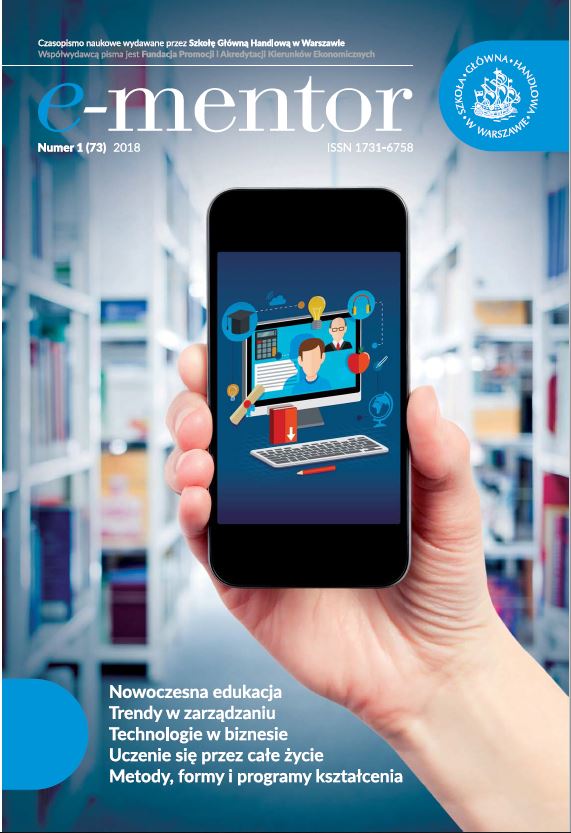Wpływ edukacji formalnej na włączenie
finansowe w zakresie usług płatniczych
The impact of formal education on financial inclusion in payment services
Author(s): Agnieszka Anna Huterska, Michał Polasik, Andrzej MelerSubject(s): Education and training
Published by: Szkoła Główna Handlowa w Warszawie, Fundacja Promocji i Akredytacji Kierunków Ekonomicznych
Keywords: education level;payment inclusion;logit analysis;
Summary/Abstract: The purpose of the article is to examine the impact of consumer characteristics, including formal education, on the degree ofpayment inclusion, which is an important element of financial inclusion. For this purpose, the results of two surveys conductedin cooperation with the TNS research agency were used – the first one based on a nationwide sample of 1000 people aged 15and over and the second one covering selected European Union countries. Statistical data have showed that in some Europeancountries, including Poland, low-educated consumers use bank services less often, while in other countries the differences aresmall. An in-depth quantitative analysis of this problem concerning the Polish market was conducted using the logit model. Theobtained results indicate that such activities as having a bank account, accessing this account via the internet, holding a cardand using mobile payments are significantly dependent on the number of years of formal education of a consumer as well assome of their other socio-demographic characteristics. This points out that it would be justified to introduce the knowledge ofthe use of financial services already at the level of primary education.
Journal: e-mentor
- Issue Year: 73/2018
- Issue No: 1
- Page Range: 30-40
- Page Count: 11
- Language: Polish

